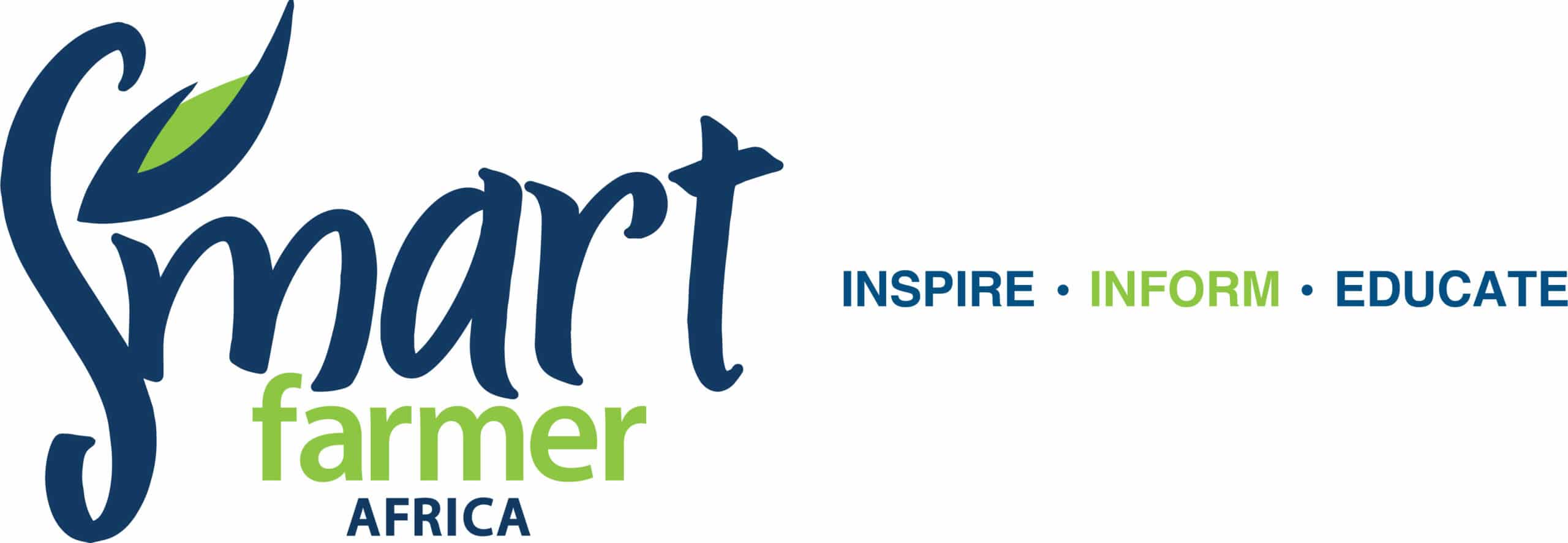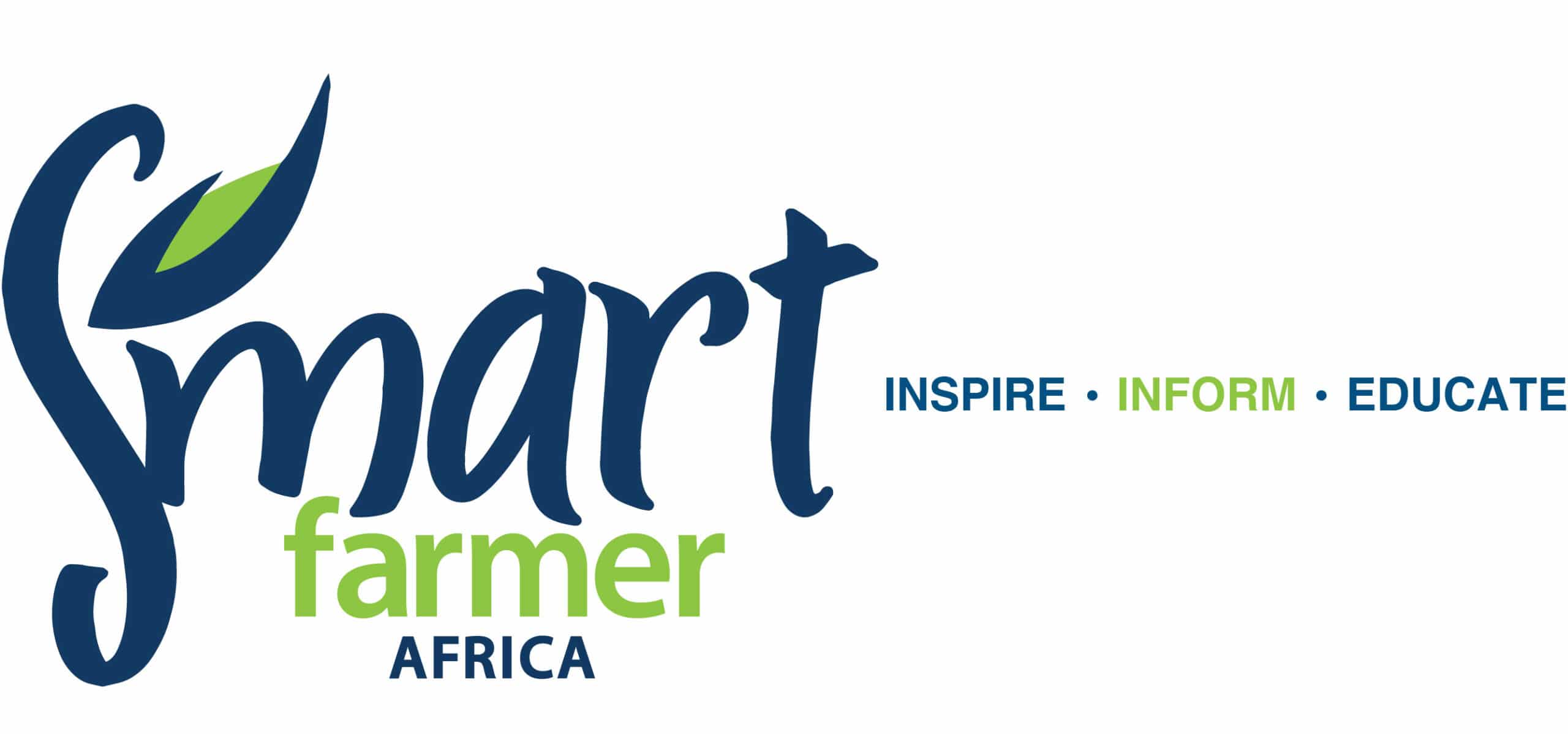Artificial Insemination in Dairy Farming
Artificial Insemination is a rapidly growing way of dairy farmers improving on their herds. Small farmers in Kisii County are not being left behind by this growing trend. The process allows the breeding of exotic cows through a zero-grazing system to improve milk supply as the demand rises.
The Friesian, Ayrshire and Jersey breeds of cows are inserted with semen from strong quality bulls through AI. Additionally, this action not only puts two high quality breeds together but it increases the quantity of milk expected per day.
Artificial Insemination as a way to meet dairy demand
The Tegemeo Institute of Agricultural Policy and Development shared that milk from livestock is estimated around 5.2 billion litres annually. However, as much as this comes from all livestock, 75% of it comes from cows.
This as a reality means that the large demand of cow milk around the globe needs to be met. And for that reason, working with AI is a great place to start.
Milk is primarily produced under zero-grazing, semi-zero grazing, and open grazing by an estimated 1.8 million smallholder dairy farmers. Furthermore, these farmers highly depend on dairy farming for their livelihoods.
Ishmael Matena, a farmer from the region notes that he visited Kenya Agricultural and Livestock Research Organization (KARLO), to see how dairy farming was being done. Moreover, the zero-grazing system, and was trained on various skills that he used to start a dairy farm at his homestead.
Additionally, he joined a group of farmers that visited Limuru in 2002, where an American had set up a dairy farm. Here they were trained on how to practice dairy farming and get maximum productivity.
“Every cow can produce milk. It all depends on how you feed it. We were told that if you spray your cows to protect them from pests, put cow mattresses for them to sleep on, and even turn on a radio for them to listen to, they will produce maximum milk because they will no longer have stress,” explains Matena.
Farmers learning new ways to maximize their milk production means they are in better positions to meet the demand.


